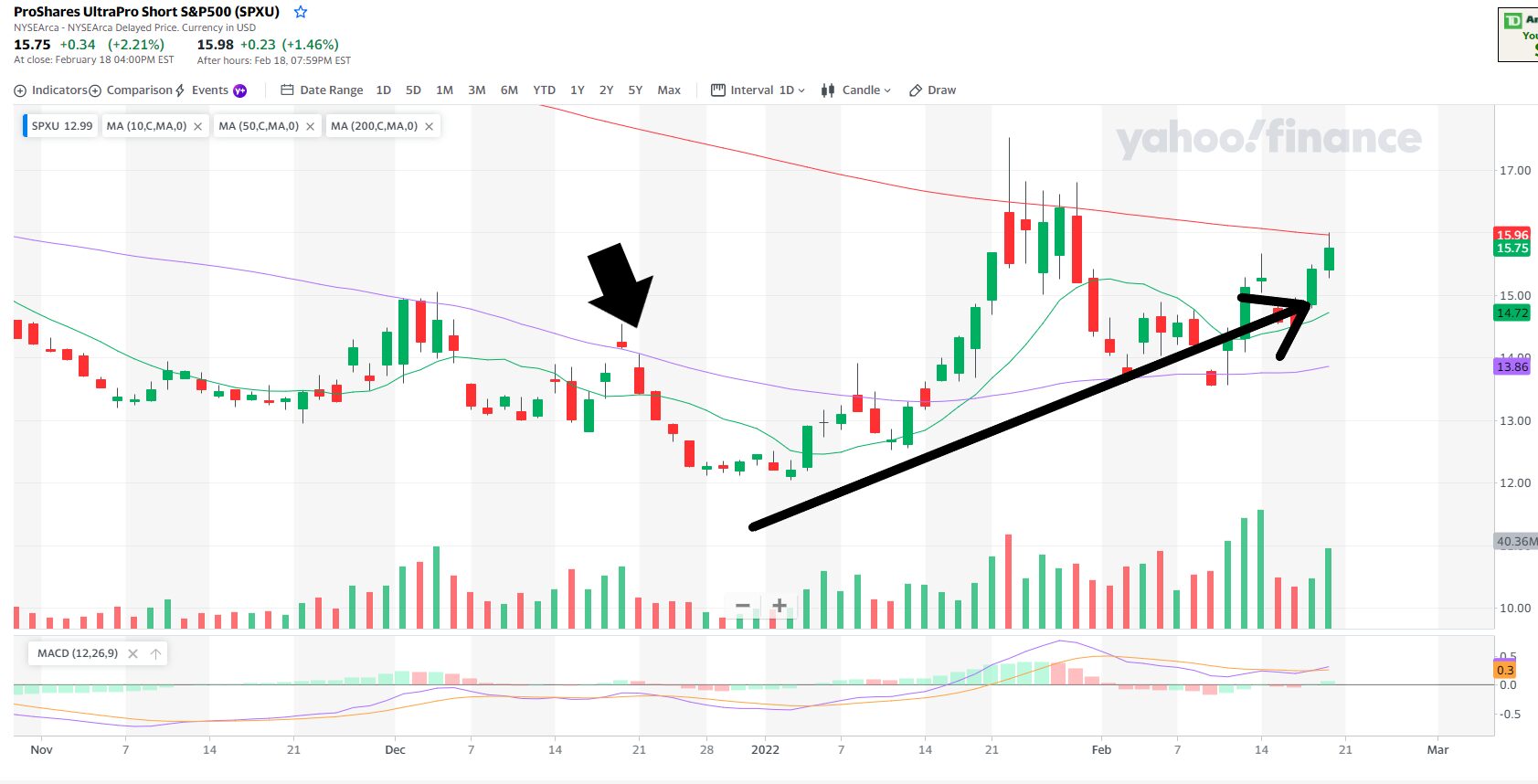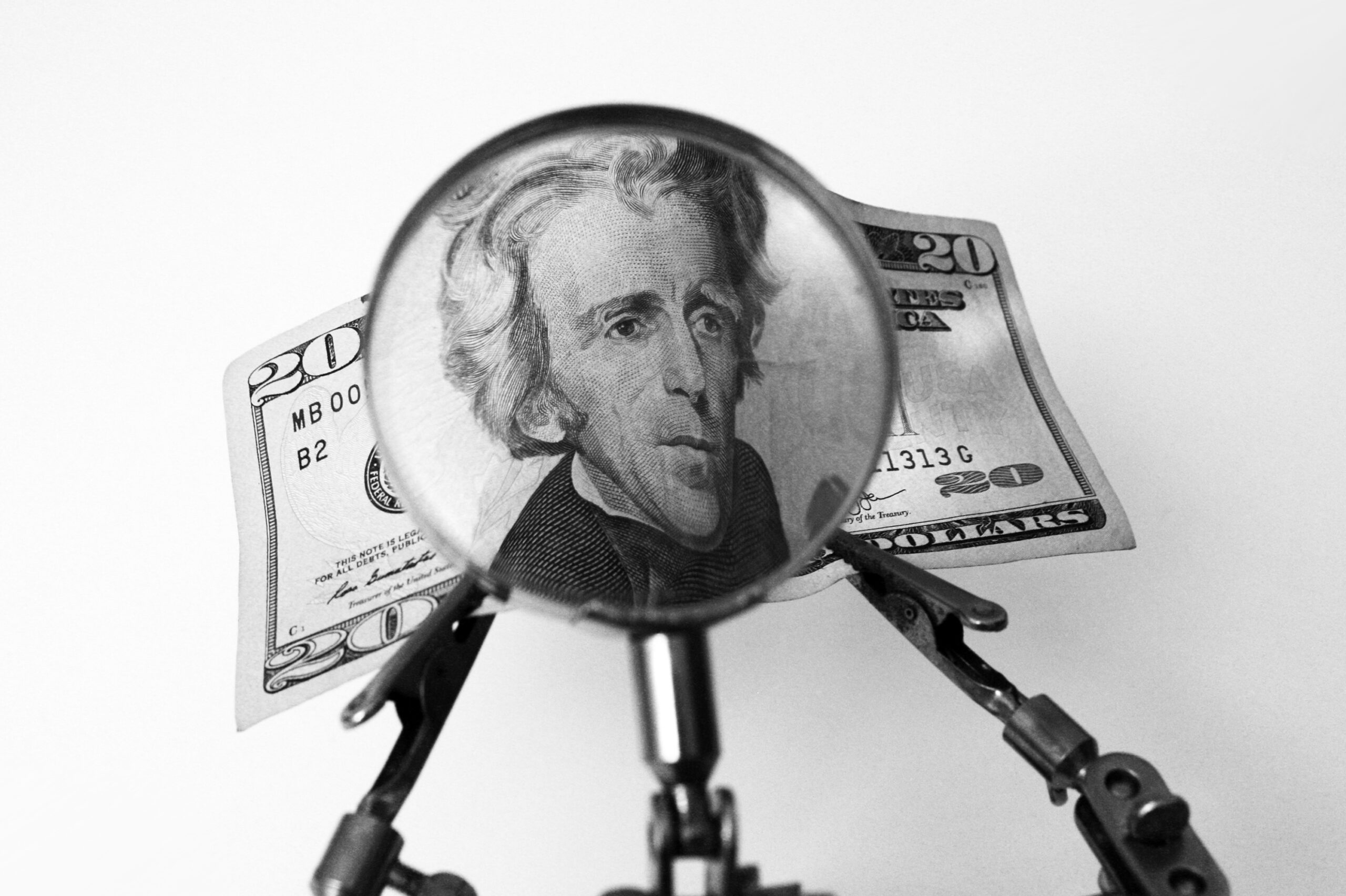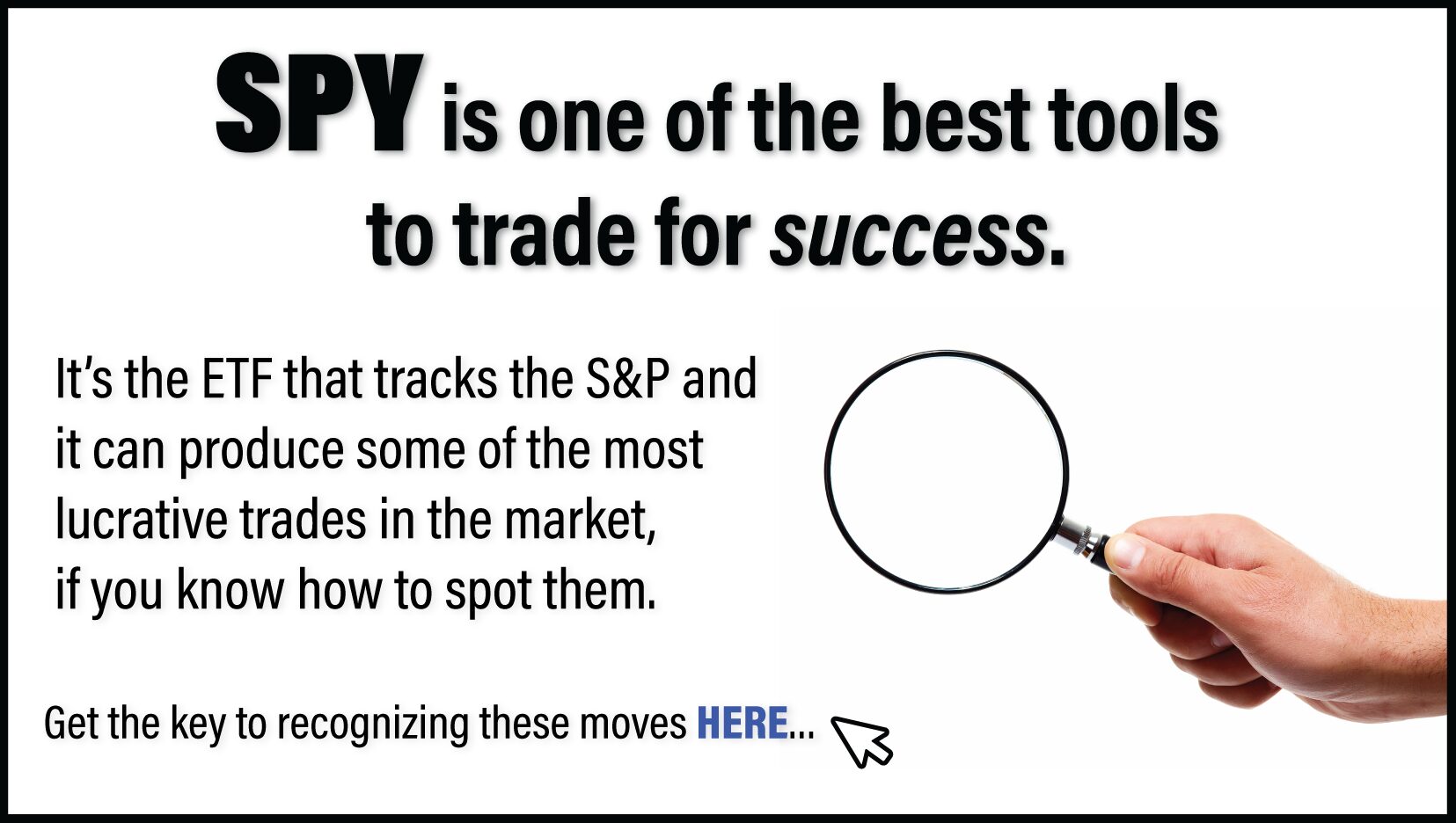When markets drop and fear is in control the topic of “shorting” the markets comes up. It is not a new topic, but things have changes that may make a difference to you.
Historically, shorting was very frowned upon but consistently prevalent in the markets. One of the greatest books about trading is Reminiscences of a Stock Operator. It tells the loosely fictionalized tale of Jesse Livermore, a trader in the early 1900s. A key aspect to his approach, and what many feel lead to his demise, was his tendency to “short” stocks. Shorting has since become a widely used term that may or may not refer to the actual act of “shorting” but it still has a strong negative connotation. Truth be told, there is a reason you will see a look of shock when you talk about it to experienced traders.
Most importantly, there is a simple work-around that gets the same benefit of shorting without the risk and danger that is associated with tradition short selling.
In short selling, you borrow stocks from your broker and sell them. Your obligation is to replace the number of shares and isn’t dependent on the price. The idea is that the stock is dropping so quickly that you will be able to sell the borrowed shares at x, say $10 for example. Since the price is moving down so quickly, your strategy is to let the stock fall to a lower price, say $6, and buy the shares you need to fulfill the borrowed shares. If it works like planned, you just grabbed 40%. But if it doesn’t, say the price goes up, you have to cover the shorted shares at a higher price and it is a painful loss.
The big risk factor in all of this is time. The amount of time you can borrow those shares is very limited. You have to replace the shares quickly and even if the stock whipsaws to a higher price before it plummets, you still have to replace them. Even if it is at the higher price.
Don’t worry, we are getting to the better way to do this.
In fact, the recent meme stock craze was all about short selling. Institutional traders were sure Gamestop was going to fall, but when individual traders kept buying it and driving the price up, it cost the big time traders some big time money.
So here is the easy way, and we have been talking about it a bunch since the end of the year when this reversal all started. In fact, you can read about it in the article from December 21 here.

(continue reading below)
In the chart of the S&P above, you can see that since the end of December markets have moved down sharply. You’ll also notice this drop was not gracefully in anyway. Shorting that move in a traditional way could have been nightmare. However, if you used ETFs you could have bought in and collected a pretty healthy gain. In the article from December we listed a number of ETFs, specifically inverse leveraged ETFs. It is a long name but they are very simple to trade and don’t require you to borrow the shares. And more importantly, they go up when the market goes down. That is where the “inverse” comes into the name. Take a look at SPXU, the inverse leveraged ETF that tracks the S&P:

You can see that in the same time the S&P fell, SPXU rose. In fact it moved up about 20%. I am pretty sure that beat a majority of the target funds many people have their 401k committed to. The added benefit of these ETFs is that you have as much time as you need for the move to play out. No margin calls, no need to cover when the S&P is swinging up on this wild drop.
In the article we included a list of inverse ETFs that you should really take a look at as you consider how to trade this drop. But you can also consider another way to use ETFs that can take this strategy and significantly boost the potential returns. Wendy Kirkland has been using SPY, another ETF that tracks the S&P to grab even bigger gains from select moves in the markets. Her options strategies and unique, easy-to-use indicators allow you to dial in the risk to your comfort level and add as much as 2-10x to these types of moves. Be sure to click here to check out how it works,
Keep learning and trade wisely,
John Boyer
Editor
Market Wealth Daily












Recent Comments